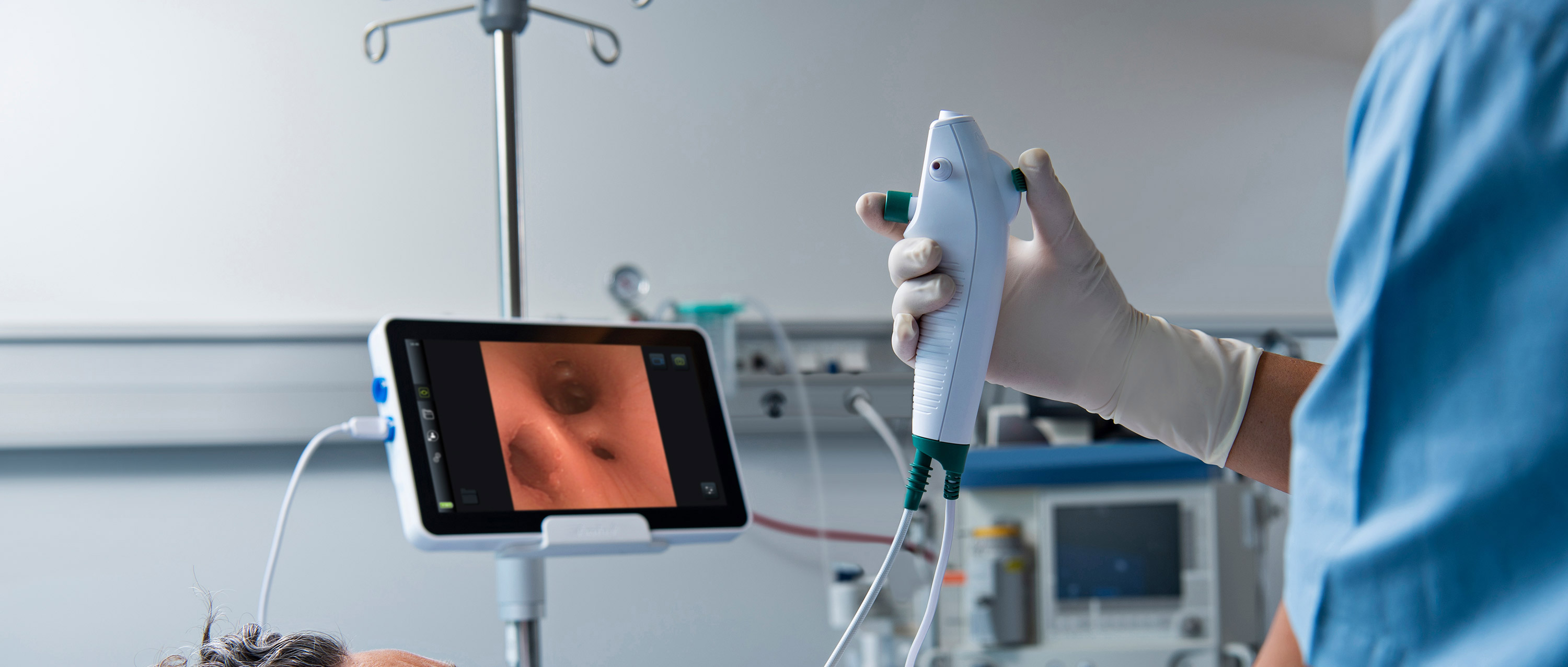
The demand for single-use bronchoscopes is expected to grow over the next decade as the number of people living with critical respiratory health conditions rises worldwide, according to a new report.
A report from Transparency Market Research identifies cost effectiveness and infection control advantages as key factors driving the forecasted growth of single-use bronchoscopes.
Used in the diagnosis, endoscopic study and treatment of tracheobronchial tree and airways, bronchoscopes help in the detection of tumors, COPD, lung cancer, bronchitis and other lung infections. Approximately 500,000 bronchoscopy procedures are performed in the U.S. each year, according to the U.S. Food and Drug Administration, based on the most current data available.
Here are five drivers of the demand:
1. Bronchoscopy procedures are expected to grow as baby boomers age. In the U.S., the respiratory afflictions of baby boomers are not only driving the bronchoscope market, they also are creating increased demand for respiratory therapists to serve those care needs.
2. As the global pandemic focuses attention on infection prevention more than ever, the ability of single-use bronchoscopes to protect patients and healthcare workers has led a variety of experts and medical societies in the U.S. and internationally to recommend their use when bronchoscopies are needed.
3. There’s also an increasing body of research showing that reprocessing and sterilization do not always adequately clean flexible endoscopes and that cross-contamination is still possible. Studies have shown that scopes believed to be patient-ready may not have been properly cleaned and that contamination can occur even after cleaning, if scopes are not thoroughly dried.
Once disinfected, reusable endoscopes need to be stored and then dried properly to prevent biofilm formation, since storing them wet can foster microbial growth, even if they are stored for just a short period of time.
4. Another challenge in using reusable endoscopes is the difficulty in identifying internal damage that may be caused by routine use or accidental nicks or burns from instruments. When that kind of damage goes undetected, microbes have a place to hide and cleaning and disinfecting become difficult if not impossible.
5. North America is expected to maintain its leading position in the single-use bronchoscope market, according to the report. Favorable reimbursement policies are a factor in the North American numbers, the report says.


